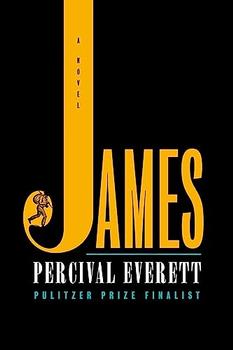Summary | Excerpt | Reviews | Beyond the Book | Readalikes | Genres & Themes | Author Bio

Critics' Opinion:
Readers' Opinion:
First Published:
Jun 2013, 336 pages
Paperback:
Dec 2014, 336 pages
 Book Reviewed by:
Book Reviewed by:
Jo Perry
Buy This Book
Excerpt
Spell It Out
A,a
A has been the first letter of the alphabet for the whole of its history. Originally a consonant, aleph (meaning 'ox'), in the Semitic alphabet, it became the vowel alpha in Greek. The lower-case 'open a' is a development of the capital letter, with the addition of a left-facing loop at the top and a lowering of the cross-bar. The lower-case 'closed a' is an italic development from the medieval period.
B,b
B has been the second letter of the alphabet since Semitic times, a consonant whose name was beth (meaning 'house'). It emerged in the later Greek alphabet as a capital letter with a shape close to its modern form. The lowercase letter developed from a later style of handwriting consisting of simple rounded letter shapes.
C,c
C has been the third letter of the alphabet since Semitic times, developing its right-facing curve in the Latin alphabet. The lower-case letter is simply a smaller form of the capital. Neither has changed much in shape in the past 2,000 years.
D,d
The fourth letter of the alphabet since Semitic times, D derives from Greek delta, ?. A right-rounded shape appeared in Latin, and this came into English. The lower-case letter is a development of the capital, written rapidly to produce a form with a lengthened upper stroke and a reduced, left-rounded lower element.
E,e
E was a consonant symbol in the Semitic alphabet, but was used as a vowel in Greek, one of its shapes emerging in Latin and eventually in English as the capital letter. The lower-case letter developed as a smaller, rounded variant of the capital in a cursive style of handwriting.
F,f
F, along with U, V and W, comes from a single symbol used in the North Semitic alphabet. This gave rise to two letters in early Greek, one of which was adopted by the Etruscans and Romans. The elongated lower-case form arose later, when scribes began to run letters together in handwriting.
G,g
G is found first in the 4th century BC, in a revised version of the Latin alphabet. Previous alphabets had used the C symbol for the g sound (as in god), and the new symbol was a simple adaptation of that, adding a small crossbar. The lower-case form went through a complex set of changes to produce the modern symbols – the g with a closed lower element, as usually seen in print, and the 'open g' of handwriting.
H,h
H was originally a Semitic letter which came into Latin via Greek and Etruscan to represent the /h/ sound. The lower-case rounded form arose with the development of handwriting.
I,i
I was a consonant in the Semitic alphabet, represented a vowel in Greek, and came into Latin with both vowel and consonant values. The lower-case letter is a smaller form of the capital. The dot was originally a small diacritic, similar to an acute accent, added in early Middle English to distinguish the stroke of an i from the otherwise identical strokes of adjacent letters (m, n, u).
J,j
The history of this letter in English dates only from the medieval period. Originally a graphic variant of i (a lengthened form with a bottom left-facing curve), it gradually came to replace i whenever that letter represented a consonant, as in jewel. The lower-case distinction did not become standard until the mid-17th century, and there was uncertainty about the upper-case distinction even as late as the early 19th century
.
K,k
K was a Semitic letter which came into Latin via Greek and Etruscan. It was little used in Latin (which preferred C and Q), and it is uncommon in Old English. The lower-case form arose in handwriting through a simple extension of the upright stroke above the line.
L,l
L was a symbol in the Semitic alphabet, and developed via Greek, Etruscan and Latin into the modern capital form, with a horizontal line replacing an earlier oblique. The lower-case letter arose in handwriting, when scribes joined L to adjacent letters by using an upper loop and turning the horizontal stroke into a curve. These linking features were omitted in the printed form.
From Spell it Out by David Crystal. Copyright © 2013 by the author and reprinted by permission of St. Martin's Press, LLC.




Men are more moral than they think...
Click Here to find out who said this, as well as discovering other famous literary quotes!
Your guide toexceptional books
BookBrowse seeks out and recommends the best in contemporary fiction and nonfiction—books that not only engage and entertain but also deepen our understanding of ourselves and the world around us.